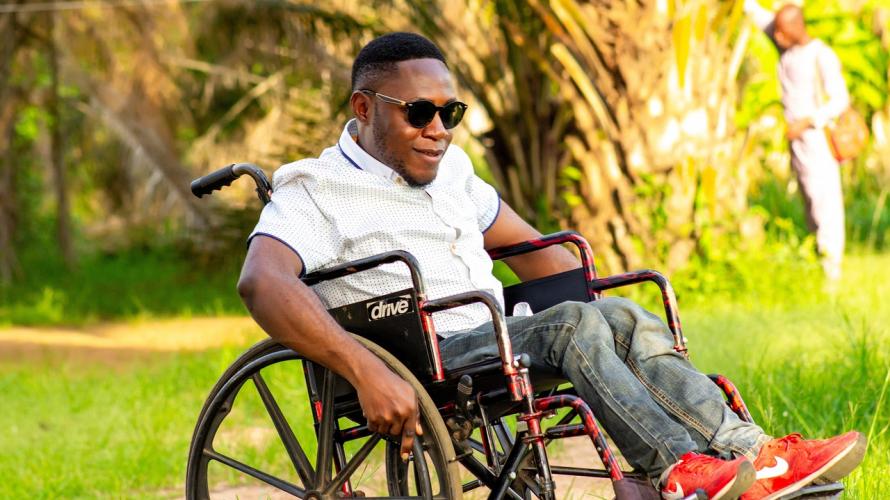
What is the study about?
This study’s aim was to describe the relationship between spasticity and perceived quality of life as well as the perceived value of spasticity management approaches for individuals with spinal cord injury (SCI).
What did the study find?
This study found that spasms most often occurred in response to movement-related triggering events (e.g., moving from sitting to lying or their chair hitting a bump). However, spontaneous spasms were also among the most frequently occurring type of spasm. Participants reported negative effects (e.g., stiffness, interference with sleep, and pain) more commonly than positive effects, but spasticity was improved by stretching and exercise, and to a lesser extent, antispasmodics.
Who participated in the study?
Individuals with SCI (N = 1076) who were surveyed from 6 SCI Model Systems centers.
How was the study conducted?
This study was a survey presented in four sections: 1) respondent characteristics, spasm frequency, antispasmodic use; 2) qualities of spasticity; 3) effect of spasticity on function; and 4) quality of life.
How can people use the results?
Because the experience of spaciticty can be so complex, this study can help individuals with SCI and their families learn more about how spaciticty can impact a variety of factors such as mobility, sleep, comfort and quality of life.
Reference
Field-Fote, E. C., Furbish, C. L., Tripp, N. E., Zanca, J. M., Dyson-Hudson, T., Kirshblum, S., Heinemann, A. W., Chen, D., Felix, E. R., Worobey, L., Schmidt-Read, M., Marino, R. J., & Hayat, M. J. (2022). Characterizing the Experience of Spasticity after Spinal Cord Injury: A National Survey Project of the Spinal Cord Injury Model Systems Centers. Archives of physical medicine and rehabilitation, 103(4), 764–772.e2. https://doi.org/10.1016/j.apmr.2021.03.040
Disclaimer
The contents of this quick review were developed under a grant from the National Institute on Disability, Independent Living, and Rehabilitation Research (NIDILRR grant number 90DPKT0009). NIDILRR is a Center within the Administration for Community Living (ACL), Department of Health and Human Services (HHS). The contents of this quick review do not necessarily represent the policy of NIDILRR, ACL, HHS, and you should not assume endorsement by the Federal Government.